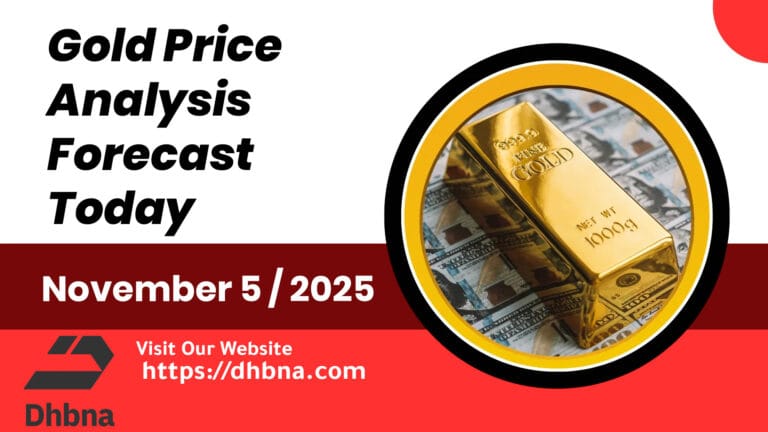The true value of gold lies in its resilience during tough times.
Gold markets have experienced significant momentum through 2025, breaking above USD 4,000 per ounce, followed by a correction in early November amid renewed strength in the U.S. dollar and reduced odds of further Fed rate cuts. Investors are finely attuned to monetary-policy signals from the Fed and other central banks, amid delays in official U.S. economic data due to a prolonged partial government shutdown. This analysis examines gold’s position at USD 3,964.76 on 5 November 2025 across three analytical axes and offers a technical review and outlook for investors and interested parties.
Global News & Indicators
- The U.S. government shutdown, now the longest in history, has delayed key economic data releases such as employment and inflation figures, increasing uncertainty in the market.
- While no major new geopolitical shock has emerged to drive an acute safe-haven rush, global tensions remain a background supportive factor.
- The U.S. dollar’s appreciation has placed pressure on gold demand by increasing the effective cost for non-dollar currency holders.
- According to HSBC’s research, delayed data, trade tensions and global uncertainty have contributed to sustained interest in gold.
- Overall: safe-haven demand remains alive but currently overshadowed by currency and financial-market dynamics.
Markets & Commodities
- U.S. dollar strength has weighed on gold markets, with Bloomberg Economics noting that “with the dollar making new highs … weight on the gold market” is evident.
- Rising U.S. 10-year yields (~4.13%) raise the opportunity cost of non-yielding gold.
- Oil trading at ~USD 60 supports mild inflation risk, which can aid gold’s appeal, though not at a level of acute inflation concern.
- Silver near USD 47/ounce shows weaker momentum than gold, indicating selective strength in the precious-metals complex.
- Market commentary from Investing.com highlights that reduced expectations for Fed cuts have dampened gold’s near-term upside.
Central Bank Policy & Interventions
- The Fed executed a rate cut recently but signalled that it might be the last of the year, according to Chair Powell.
- Market-implied odds for another cut in December have fallen from ~90% to ~70%.
- Fed officials including Lisa Cook and Mary Daly have publicly expressed caution about further easing, reinforcing a perception of “higher for longer” interest-rates.
- While central-bank gold buying remains a structural tailwind, the immediate impact of the Fed’s stance is to restrain gold’s rally.
Technical Brief
- Support zone: around USD 3,900 per troy ounce.
- Resistance zone: near USD 4,000–4,020.
- Short-term trend: neutral-to-bearish amid consolidation and correction.
- Medium-term trend: remains constructive if price holds above ~USD 3,800–3,900.
- A breakdown below ~USD 3,850 could open a path toward ~USD 3,660.
Outlook
Given current data, we anticipate that gold may enter a phase of consolidation or modest correction in the coming weeks unless a catalyst emerges (e.g., weaker U.S. labour data, shift in Fed policy). If positive surprise emerges (e.g., weak U.S. data prompting a dovish Fed), gold could revisit ~USD 4,100–4,180. If instead policy remains firm or U.S. data is strong, downside toward ~USD 3,800–3,850 may materialise.
Conclusion
At USD 3,964.76, gold is at a juncture shaped by a tug-of-war: longer-term structural demand (including central-bank accumulation and safe-haven appeal) versus short-term headwinds (strong dollar, higher yields, Fed caution). The medium-term constructive case remains intact, but near-term risks require caution and monitoring of monetary policy, currency moves, and data flows.

